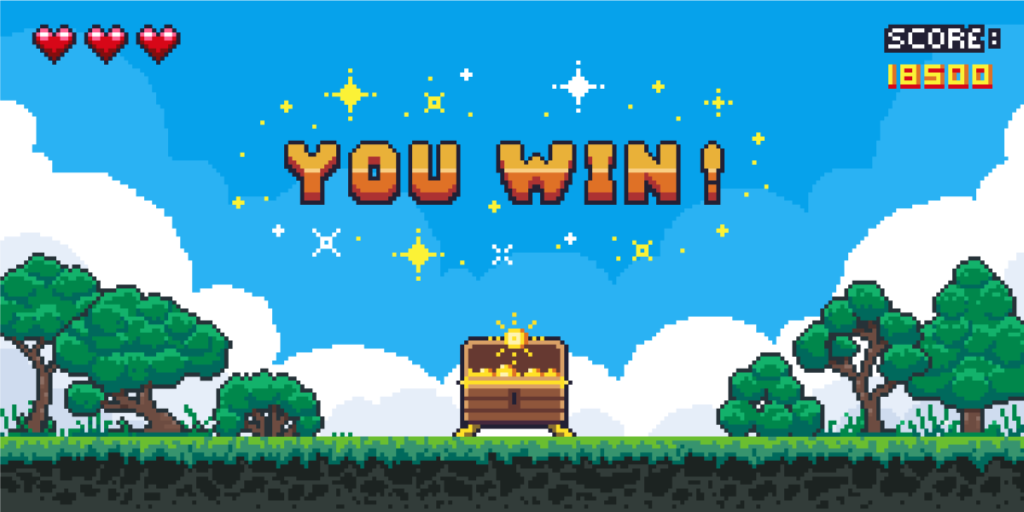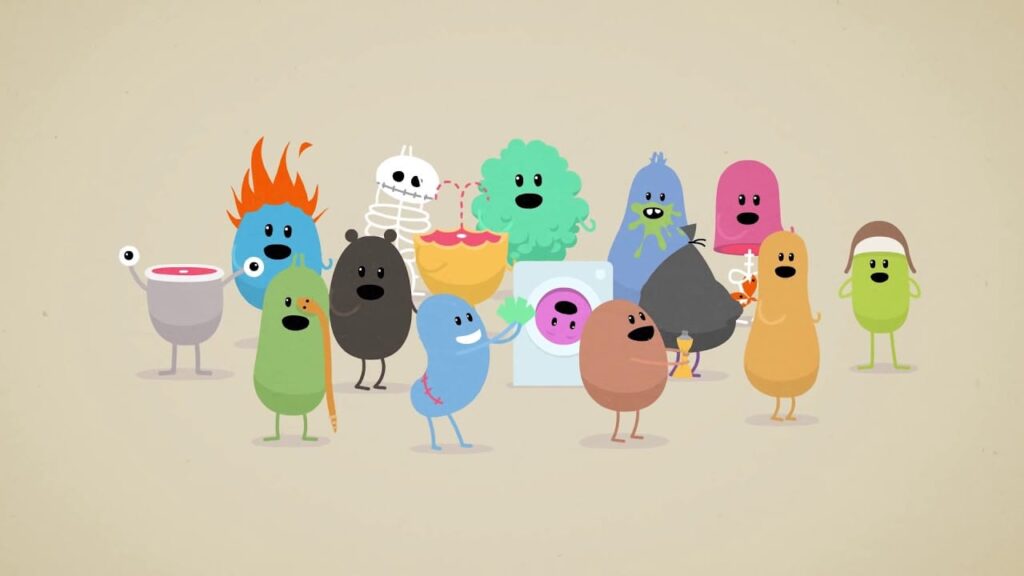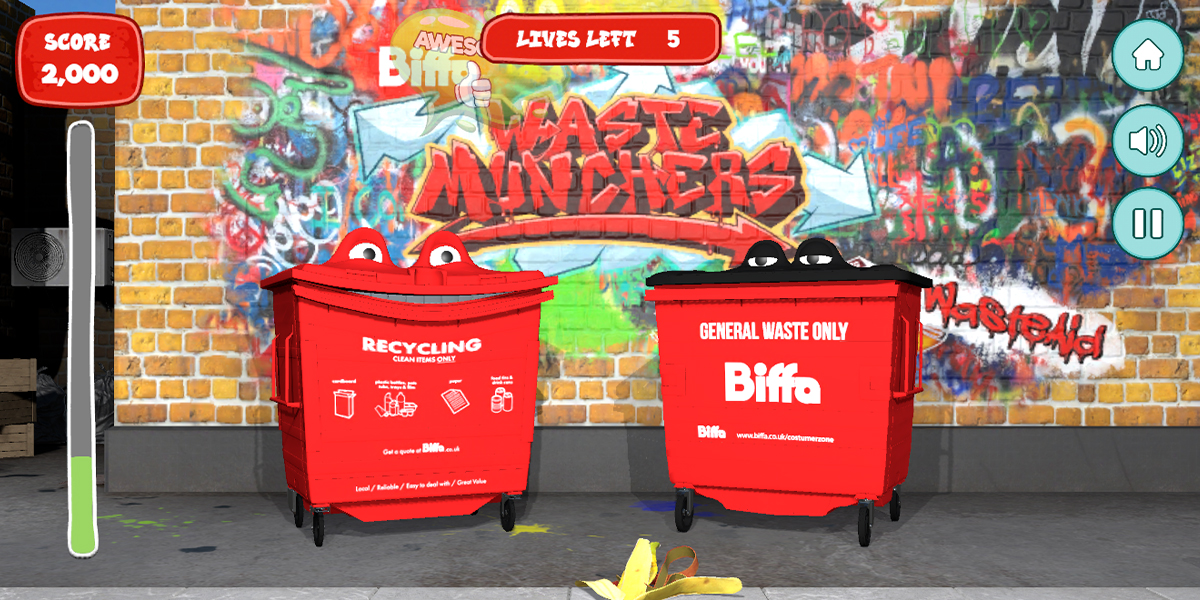Gamification Examples
Although we’ve explained what gamification is, it can still be hard to picture how it can practically be applied in anyone’s day to day, or its benefits. So here are some examples of gamification that have already been hugely successful:
Dumb Ways to Die –
This game came out in 2013 and quickly became one of the biggest apps on the app store, climbing to number 1 in 22 countries with now over 190 million downloads. Although at its surface it seems just like a silly game for kids, the game was actually created by Metro Trains Melbourne to promote rail safety.
Not only was the game as successful as it was, over 129 million people who played the game pledged to be safe around trains, and although we cant directly link it to the game, Metro Trains recorded a 21% reduction in train station incidents the same year.
This example really pushes the ‘game’ aspects of gamification, as, on the surface, the app could just be seen as a game without any other goal. However each mini-game you play ties directly in to a song that was written to promote safety, which both reinforce the key message to be mindful about your actions.
This can be seen further from the franchise the initial song and game have grown in to, with each new game featuring more situations where being mindful could save your life.
Duolingo –
Duolingo is a free app that helps the user learn a new language. The app and website use a variety of interactive quizzes to turn learning a new language in to more of a game, while gently increasing difficulty, and introducing features such as audio and recording the users pronunciation to aid in the language learning process.
The Duolingo company pride themselves on prioritising the learning with their app, and continually carrying out research to ensure the model of learning they’re using benefits the students as much as possible; something that anyone can access through their website.
The app even uses notifications, feedback and rewards to motivate students, giving extra benefits to users that keep up their learning for multiple days, introducing cute characters that cheer the players on, and notifying the learner throughout the day to encourage their learning. All of these features really showcase the benefits of gamification, and how it can be used in a learning setting.
Starbucks rewards app –
Looking at gamification in marketing and advertising, rewards and points systems are an extremely simple yet effective way to gamify the customer experience.
Take the Starbucks rewards app, buy a drink, get a stamp, then once you get enough stamps you can have something for free. Although it may seem like just a gimmick, by introducing a rewards system, starbuck are essentially gamifying their relationship with their customers.
Each time someone gets their coffee, they get a little reward for buying with starbucks, then after visiting a few times, they get a big reward of a free drink, which means customers will associate starbucks with something good. This then closes the cycle as by creating a positive association with their customers, these same customers will want to go back more often.
Smart watches e.g. Apple watch –
Another great example of gamification is the use of smart watches like Fitbit and Apple watches, and how they encourage exercise. On Apple watches for instance, exercise is gamified using ‘rings’. Each ring represents a different type of exercise, and the watch tracks your progress as you try to reach your goal.
As with any exercise, each person can input their details and their goal, then from there the Apple watch will visualise these milestones to help congratulate the wearer on reaching their goal. With the interface being worn at all times, the watch can also notify you throughout the day to remind you that you need to walk or stand if you’ve been idle for an unhealthy amount of time.
This is a far more tailored experience, however it is still a good example of how gamification can be built in to our daily lives to help with motivation. It’s often easy to sit at a desk and burrow away within work, equally its easy to walk around during a busy day and not realise that you’ve been doing this exercise this entire time. By integrating this activity tracker into every Apple watch, doing exercise is suddenly something that the wearer will think about far more often than usual.












